Do you have questions about the fiber optic outdoor cabling? We have Q/A to assist you determining which type of cable may suit your needs. If you are a contractor or a fiber optics installer this is a suitable first approach guide for determining your project. Let's get started.
1. What is the fiber count?
The fiber count you deploy on day one depends on the number of connections you need to make or will expect to make in the future. It is always recommended to install the maximum number of fibers in the space you have available, to avoid costly civil works for upgrades in the future.
Sun Telecom offers outdoors cables with fiber counts ranging from a single fiber to 144 fibers or more.
2. What optical fiber type: SM or MM? G652D? OM4? 62.5/125µm (The question goes on...)
This varies a lot, you need to check what kind of single mode fiber you need to use or multimode if the case. Remember, this is an economical and technical decision. It's very important to decide from day one and to think for the future.
3. Loose tube or ribbon cable?
Loose tube cables are the most common outdoor cable design, featuring a central strength member, stranded buffer tubes containing loose optical fibers and fiber counts up to 144F (Can be more, for custom orders). This construction ensures installer familiarity and optimum splice performance. We even provide the necessary breakout kits for finishing your project.
In a ribbon cable, typically 12 fibers are encapsulated in an array (or ribbon) and multiple ribbons can then be stacked to achieve the required fiber count. Ribbon cables offer higher fiber counts and greater fiber density than any other outdoor cable.
4. What is a micro cable?
Micro cables are miniaturized stranded loose tube cables which offer an approximate 50% reduction in size, less than half a reduction in total weight, and 30% or more per-cable fiber density versus traditional loose tube cables.
Micro cables are installed in micro-ducts and enable re-utilisation of congested duct space, flexibly scalable capacity upgrades and innovative, cost-effective deployment techniques.
5. Do I need an armoured or dielectric cable?
Armor can be applied to a loose tube or ribbon cable for increased mechanical robustness and protection against rodents. It is a pre-requisite requirement when a cable is to be buried directly into the ground. A dielectric (metal-free) cable should be selected when it is deployed on or near high-voltage power lines, through dielectric armour options are available.
6. Do I need a gel-filled or gel-free (dry) cable?
Traditionally, a gel was used inside buffer tubes to protect fibers from moisture, but thanks to advances in cable water-blocking technology, this messy element can now be eliminated. With no need to clean gel from fibers before splicing, gel-free cables enable fast and efficient splicing preparation and drive cost savings through the elimination of cleaning consumables.
You need to figure out this yourself, or we could do it for you! Just let us know your requirement and we could find a cable suitable for your needs.


 Position :
Home>
News & Tutorial
>Products
Position :
Home>
News & Tutorial
>Products
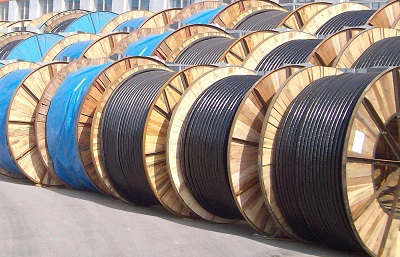
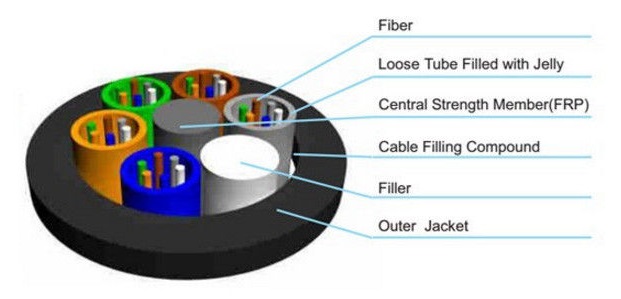
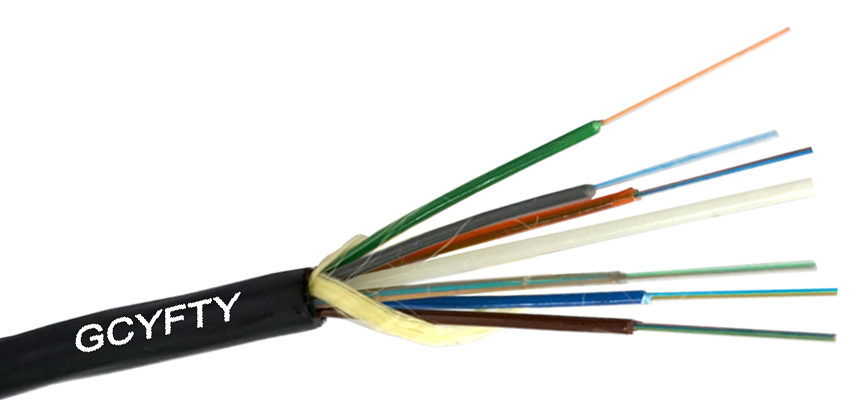
 Position :
Home
>Products
Position :
Home
>Products
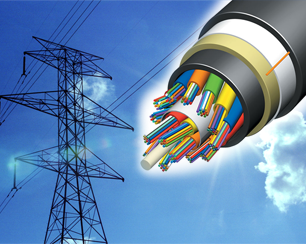
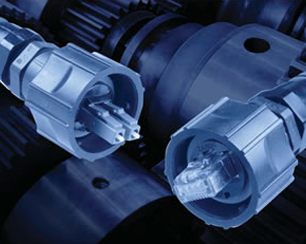
 ics@suntelecom.cn
ics@suntelecom.cn  +86 18964888554
+86 18964888554 Building No.145, Lane 666 Xianing Road, Jinshan Industrial Zone, Shanghai 201506, China
Building No.145, Lane 666 Xianing Road, Jinshan Industrial Zone, Shanghai 201506, China